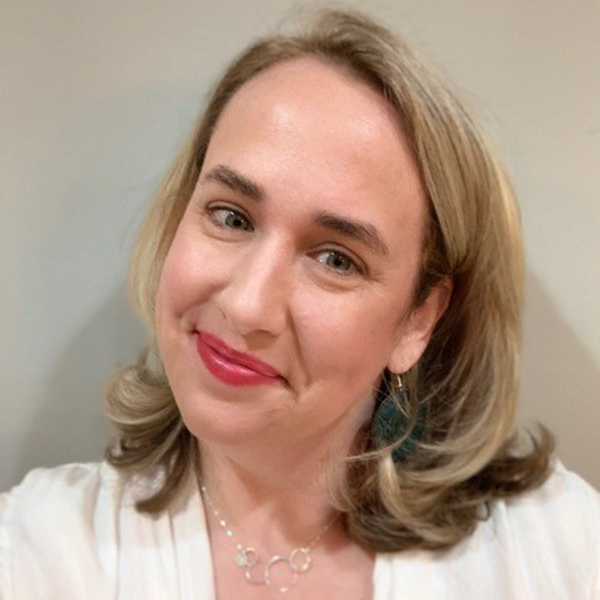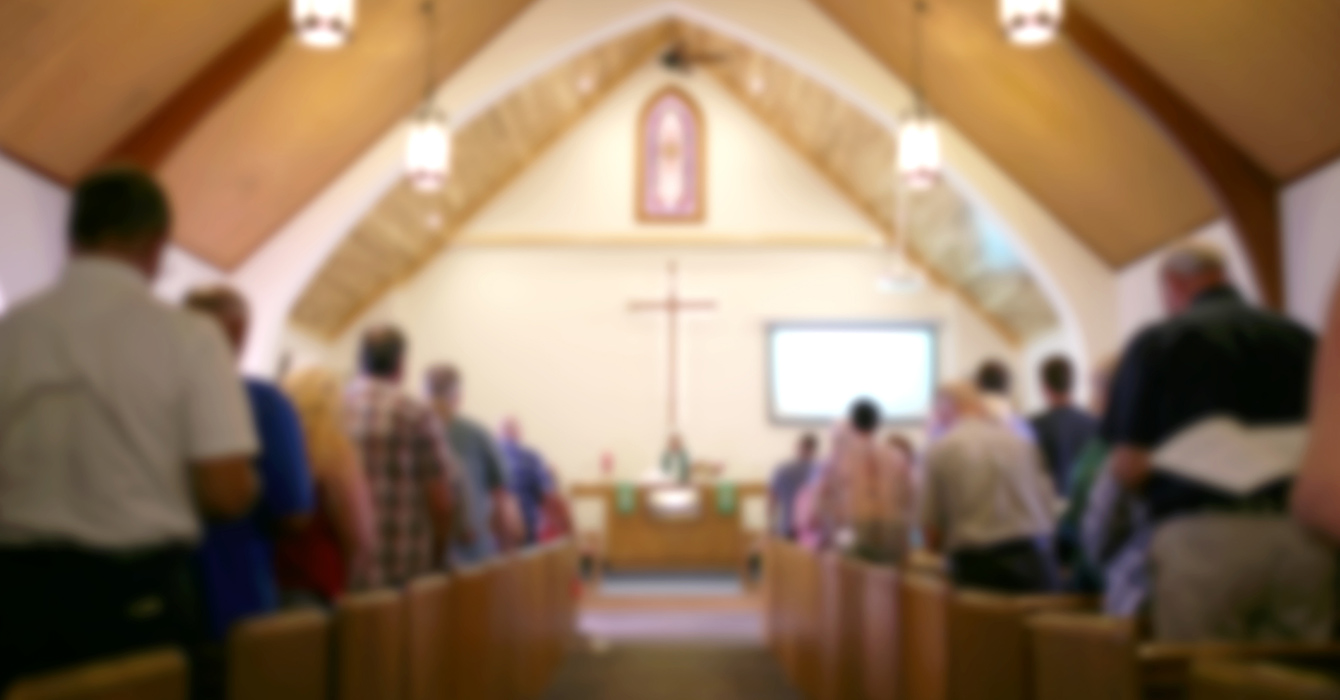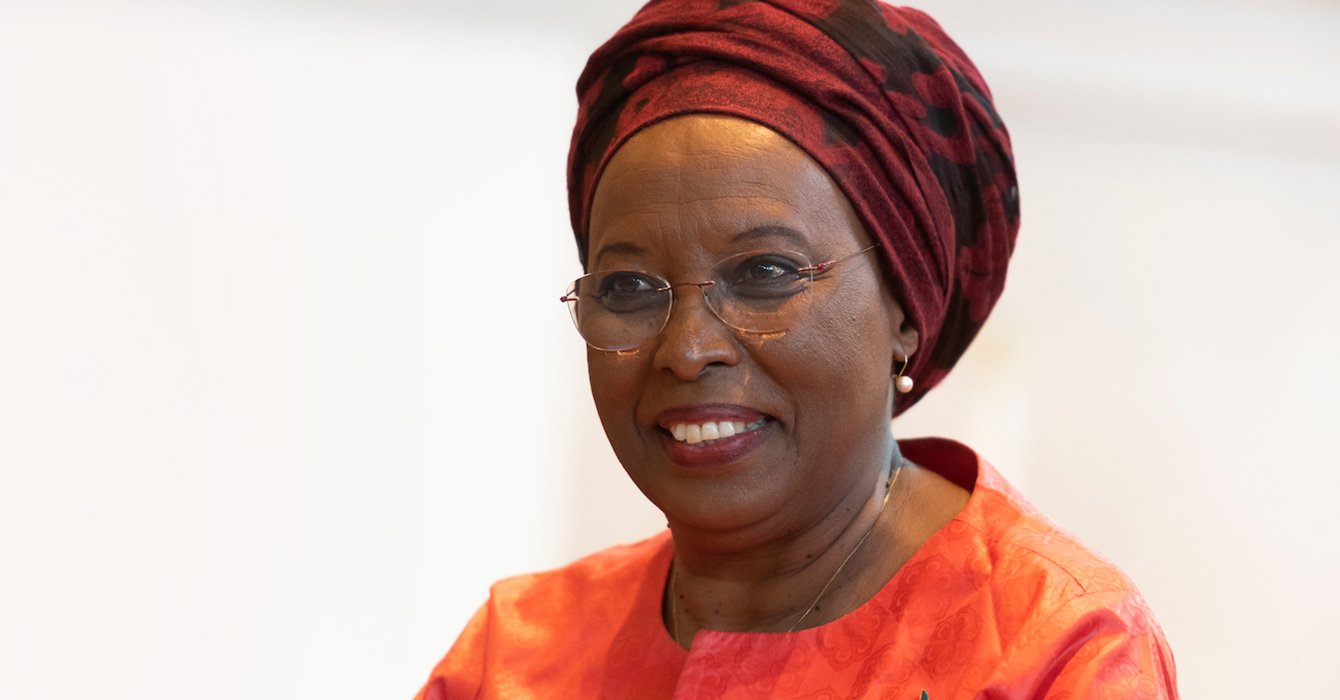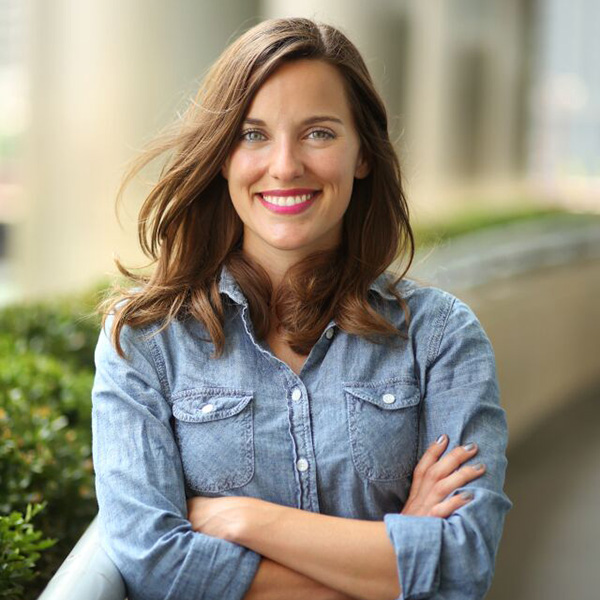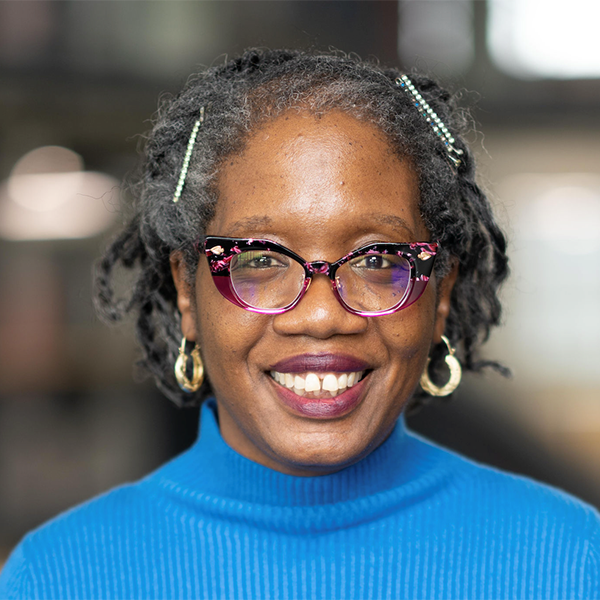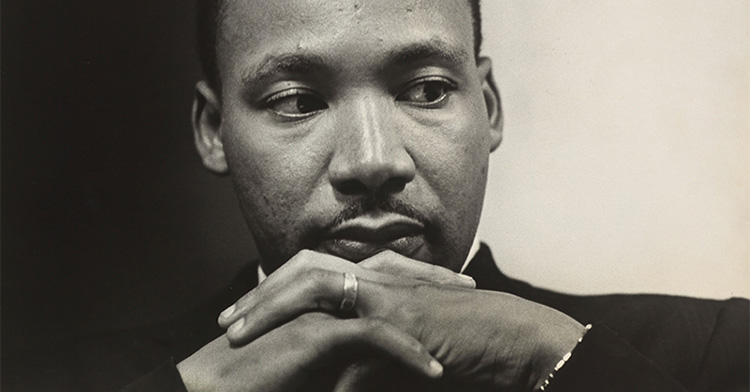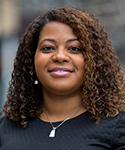Brave work is hard work. There’s no way to sugarcoat it. Many pastors around the country have shared with me after reading my book “Brave Church: Tackling Tough Topics Together” that brave work is not work they have the time or the energy to do.
I understand. If the election cycles of 2016 and 2020 didn’t do us in, what energy we had left has been drained by the pandemic and the endless disagreements over vaccines, masks or no masks, and what is science versus what is hearsay. So now we unfriend, unfollow or delete contacts when we learn that they believe that or did that. We retreat to our places of safety, because we’re exhausted.

As much as we know that our faith story invites us to make space at our tables for one more, to hold fast to what is good and learn to live alongside everyone, in actual practice we often fail. We exclude. We judge. We say we don’t have time to understand those with whom we disagree; church is just more peaceful that way.
A way forward, though, into the deeper waters of connection and belonging, almost always begins with a conversation. But what kind?
As a pastor of a diverse Washington, D.C., congregation of both Republicans and Democrats, of those who would post #BlackLivesMatter signs in their yards and those who would wear “Make America Great Again” hats, I faced a challenge in 2019 as I began to teach on this topic.
We were a diverse bunch, yet we were not known for our outward-facing stands on social issues. We liked polite after-church talk the best. But I knew we all had more stories to share. We all wanted to feel less alone. I knew we could feel more connected if we waded into some deeper waters together.
During this time, I was delighted to come across “From Safe Spaces to Brave Spaces,” by Brian Arao and Kristi Clemens, a chapter in the book “The Art of Effective Facilitation.” Arao and Clemens, student affairs educators, describe how they began to disrupt the stalemate of conversations on racism while working together at New York University. They developed the model of “brave spaces” — a paradigm that would allow participants to listen to one another and learn from the challenges of having unique life experiences and beliefs.
We all wanted to feel less alone. I knew we could feel more connected if we waded into some deeper waters together.
Drawing on their work, I began to adapt their rules to the congregational context, seeking to facilitate movement from polite, peaceful churches that simply agree to disagree to “brave churches” that are willing to take on tough subjects. I suggest five Brave Church intentions:
- Accept conflict and commit to the way of kindness.
- Take responsibility for how your words are received.
- Ask permission before challenging someone’s views on a subject.
- Graciously receive feedback if someone feels disrespected.
- Use “I” instead of “you” statements, and do not accuse or attack.
I would emphasize the importance in these conversations of not singling out individuals in a group who have had a particular experience and not asking a marginalized group to bear the weight of teaching. Those without a minority perspective must do their own work and not rely on others to do it for them.
With these rules as a starting point, I created a curriculum that guided our church to begin to stretch our brave muscles; that material later became the book “Brave Church.”
For seven weeks, we talked. We talked about infertility and miscarriage. We talked about mental illness. We talked about domestic violence. We talked about racism. We talked about sexuality. And I want you to know that we all lived!
No church splits happened because of being a Brave Church group. No one walked out in the middle of a session. We kept talking, even through moments when experiences of attempted suicide were shared or heteronormative stereotypes were called out.
The lasting gifts of our Brave Church conversations were that we saw each other all over again — and that in seeing each other, we knew we had work to do to make our congregation more welcoming to those with experiences of both private and public pain.
To my delight, in the months that followed, I heard prayer requests during Sunday worship services shift from being solely about physical conditions. I heard folks voicing concerns about high school students in our community dealing with mental illness. I heard folks wanting to plan special events for Domestic Violence Awareness Month in October.
When George Floyd was murdered in May 2020, I had church leaders call me to ask, “When are we going to march?” In baby steps, the Brave Church experience gave us courage not only to talk about tough topics but to do something about them. Brave churches thrive in the messy encounters that bring our faith to action.
In the end, though, bravery is a choice. If minds are closed to tough topics, I am not sure what any leader can do. It isn’t helpful to force anyone into dialogue, and the truth is that some communities just aren’t ready.
That said, I believe that many people do want to have tough conversations; they just need a tool to help them. These strategies are for any congregation with the willingness to begin and the desire for a guide to show them a way forward.
Bravery leads to bravery. It’s the kind of work that is worth rallying our communities to do together.

